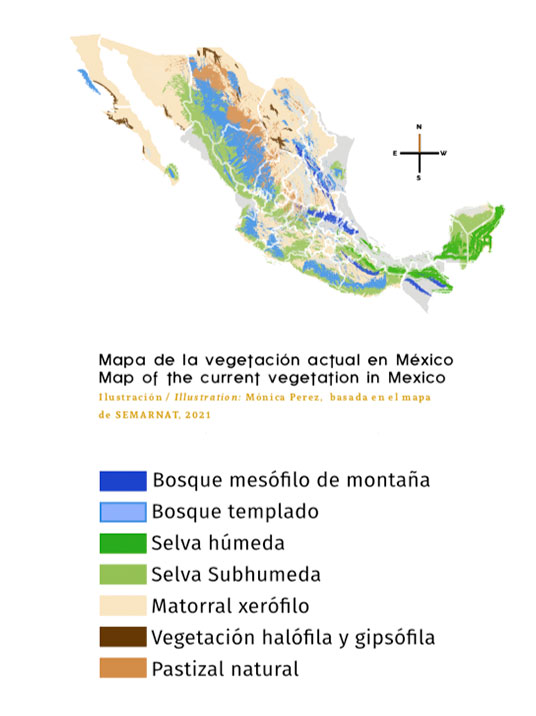Learn how to select a plant
Have you ever bought a plant just for its physical appearance without knowing if it is suitable for the place where you want to put it?
Undoubtedly, many of us when visiting a nursery or a place where plant species are sold, the first thing that strikes us about a plant is its physical appearance, it may be the color of the flower or the shape or texture of the foliage. Normally, after this first impression and selection, it is when we ask how often it needs to be watered and the duration of sun exposure.

Transporting plants
Photography: Anna shvets – Pexels
There are many other aspects that we should take into account when selecting a plant, such as: the type of substrate it needs when being transplanted, the size of the pot, the size of the plant in adulthood, the nutrients it might need throughout its development, type of pruning, the place where it is going to be, etc. It is important to select native species, since they adapt faster to the place, require less maintenance and have a lower risk of acquiring diseases.
In this laboratory edition we suggest some plants according to the biogeographic region of Mexico in which you live and the space where you would like to place them. Once you identify both, you can consult some of the plant species in the botanical files of the Plantae and Fauna section of our printed magazine or website and, according to their height and geographical distribution, you can create a table like the one on the following pages.
The table that we are going to present, is a guide, an example, in which only two characteristics of the many that you must take into account are presented. Before planting a plant, we recommend that you consult an expert so he can recommend to you the most suitable plant species for the characteristics of the place where you plan to plant them.
- First, using the map of the biogeographic regions of Mexico, identify the region where you live.
- In the table locate the biogeographic region and the space where you would like to place your plan.
- Select the plant that you like the most.










